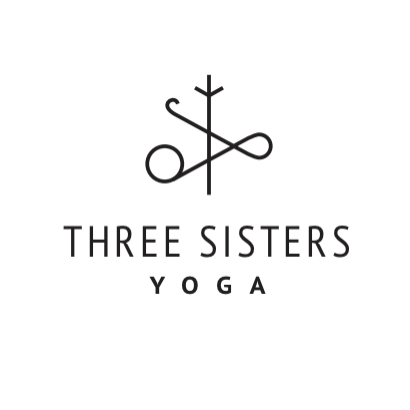I recently attended a 3-day immersion program studying attachment theory. At one point we were asked to draw a circle and plot how we were raised to deal with nine “core” emotions. If we were allowed to have/express that emotion in our family, it went in the circle. If not, it went outside the circle.
Without thinking about it, I plotted the emotional map of my childhood as “before” and “after.” “Before” was life with a bi-polar father before he accepted care. “After” was life after he accepted care. This was not a dramatic choice. It was a very banal choice; almost clinical. I had grown up with two distinctly different experiences, both were valuable insights for me. As such, they both had a place in the circle.
We were then asked to break into small groups and share our circles. After sharing mine, the conversation immediately shifted from “oh that is interesting” to curiosity about the mentally ill. I was peppered with questions like, “What was that like?” and “What did that do to you?”
I felt very exposed, vulnerable. I backpedaled. “Oh, no it’s fine. I’m totally fine! I am fine now. It’s totally fine!”
When I was finally able to break away, I had a good run, then a good think. Why was I so disturbed by their reaction? I am familiar with people’s curiosity. I usually anticipate it. Why was this so upsetting?
Because, to me, mental illness wasn’t a focal point of this exercise. I was on a different trajectory. And for them, the only thing they heard was “bi-polar.” They just heard the “before.” They completely ignored the “after.” They were so interested in the juicy tabloid bits of bi-polar that they ignored the fact that I also talked about an after - a point at which many of those core emotions were sitting comfortably inside that circle with a bi-polar father.
They missed my point. They didn’t hear me.
There are a lot of reasons why we misunderstand each other. Maybe it is because the other seems foreign and that makes us scared. Maybe because it peaks our curiosity. Maybe it is because we are distracted. Maybe we are clinging to preconceived notions and stereo-types.
Maybe it is because we are not listening well.
Listening well requires that we turn down the volume on our own internal conversation. We have to focus on the “hear” (see what I did there?) and now.
This week, if we are lucky and blessed, we will be sharing a meal with people we love and who love us. That often means we will be breaking bread with people we don’t ideologically agree with. This can cause a contraction. It can make us mad. How do we share space with people we don’t agree with?
There are no easy answers. Your best option may be to walk away. It may be to avoid the conversation entirely. If, however, you are endeavoring to turn down your own noise and be a better listener, I recommend trying the “2 second pause then reflect” approach.
When someone says something to you, wait 2 seconds and then tell them what you heard. For example:
Kiddo: Mom, I do not want to do Math is Cool!
Me: (RAPID THINKING “Yes you do! You love math! You will have so much fun! All your friends are doing it! Just give it a try!!”) Wait 2 seconds. Reflect… You don’t want to do Math is cool.
I know, this sounds phony, and it actually is when you first do it. But it works. It forces you to pay attention.
The two second pause forces us to process what we heard rather than jumping right into what we are thinking (which, let’s be honest here, is usually something about ourselves). Reflecting back makes us codify what we heard. And, since we most likely don’t want to get caught looking silly, we will pay closer attention so that when we reflect back, we get it right.
Give it a shot. You may be surprised how often you hear yourself saying “oh I know exactly what you mean! I blah blah blah…” Notice how often you start forming your next question, counter point, or thought without even processing what the person said.
When you find yourself saying bum-rushing the conversation, stop. Take a moment and reflect back what you heard:
Kiddo: No! Math is Cool is going to be a lot of work.
Me: (RAPID THINKING: Wellyeahitisgoingtobealotofwork,butthat’sOK!) Wait 2 seconds, Reflects… You don’t want a lot of extra work.
Kiddo: No! I can barely keep up with what I have now.
Me: (RAPID THINKING. Yes, this is true you are struggling with your work load) Wait 2 sec. Reflect… It sounds like you are afraid you will be overwhelmed. Am I hearing you correctly?
Kiddo: Yes!
I’m not going to lie, it’s a ton of work. It also feels very hokey and awkward at first. However, the whole point of conversation is to hear each other and be heard. Anything less is just us making noises at each other. Anything less and we’ve missed the point entirely.
I wish you all the love and bounty of the season friends. May your table be full and your heart fuller.
